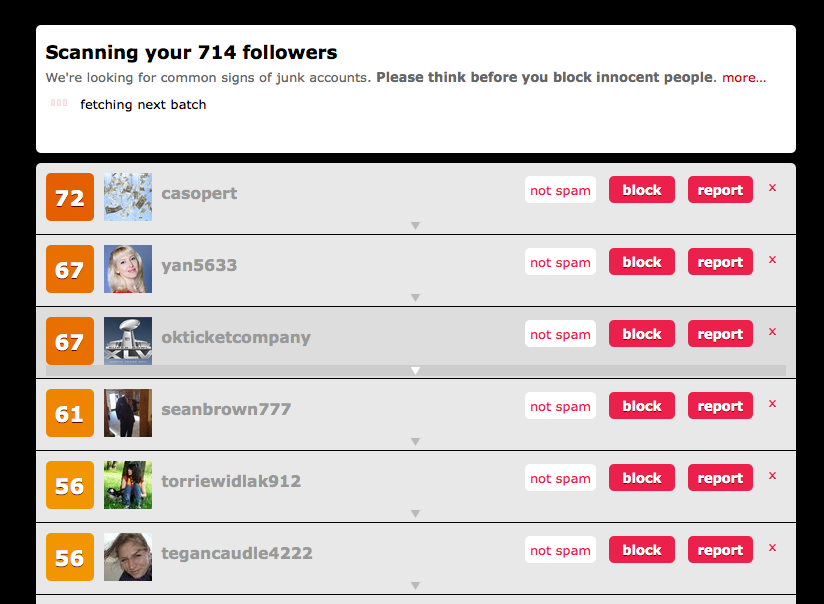Rap artist and Seattle native Ben Haggerty, better known as Macklemore (profile by Andrew Matson of the Seattle Times here), and his creative partner, producer Ryan Lewis, are performing tonight to a sold out crowd at Seattle’s 7500 seat WaMu theater. He might be wearing thrift store fur, I’m not sure. I won’t be attending, but both my daughters are big fans, and they bought tickets months ago. I eagerly await their post-concert report – maybe even a text from the show or some iPhone pics (see below). Even though I’m a white woman in my 40s, and not a huge rap fan, I’ve been following 29-year-old Macklemore for almost a year since I first saw him perform on Chase Jarvis Live in November 2011. I was riveted on several levels: from carefully choreographed performance, to intelligent lyrics, to a masterful DIY social media presence and devoted fanbase. This guy was not just another young musician wanna-be – he was intelligent, articulate, positive, and inspiring. He wasn’t a rainy-day, depressing-lyrics singer-songwriter strumming his suburban-bought Martin guitar. This was a Seattle musician on the rise, I thought. Because I’m a musician myself, I was also interested to know more about how he was cultivating success without a record label.
As an unsigned DIY artist, Macklemore embodies a peculiarly early 21st century musician success story, like Amanda Palmer’s, one that gives hope to millions of aspiring amateur artists around the world. It’s important to note that his success hasn’t been overnight, he released his first album 12 years ago. Through hard work and persistence, Macklemore has gradually created a devoted fan base that numbers in the hundreds of thousands, perhaps millions worldwide, with his socially conscious lyrics, artistic and sartorial creativity, and his considerable social media savvy. He’s even getting radio airplay – a seemingly impossible feat for an indie artist.

